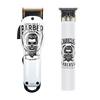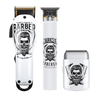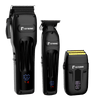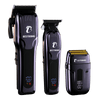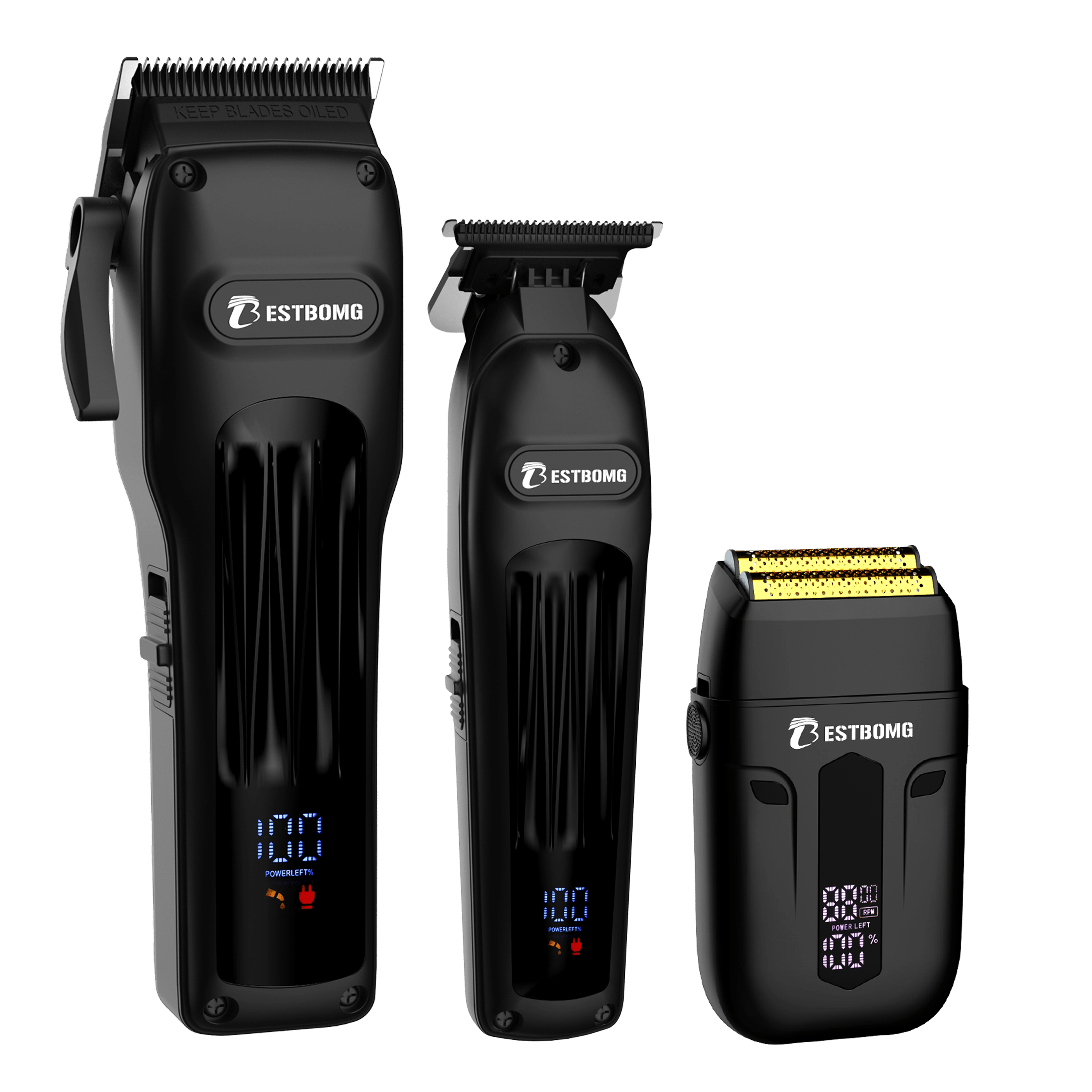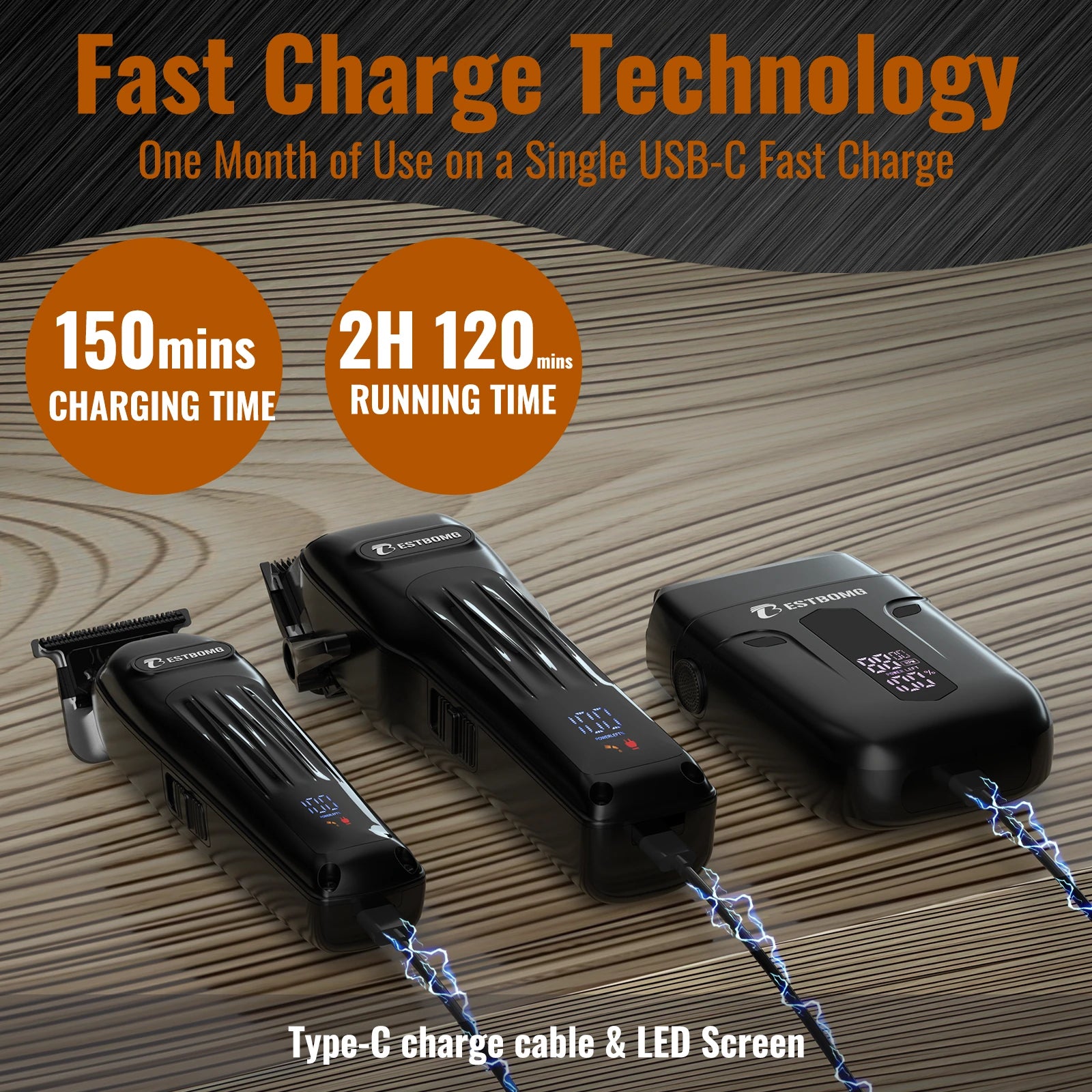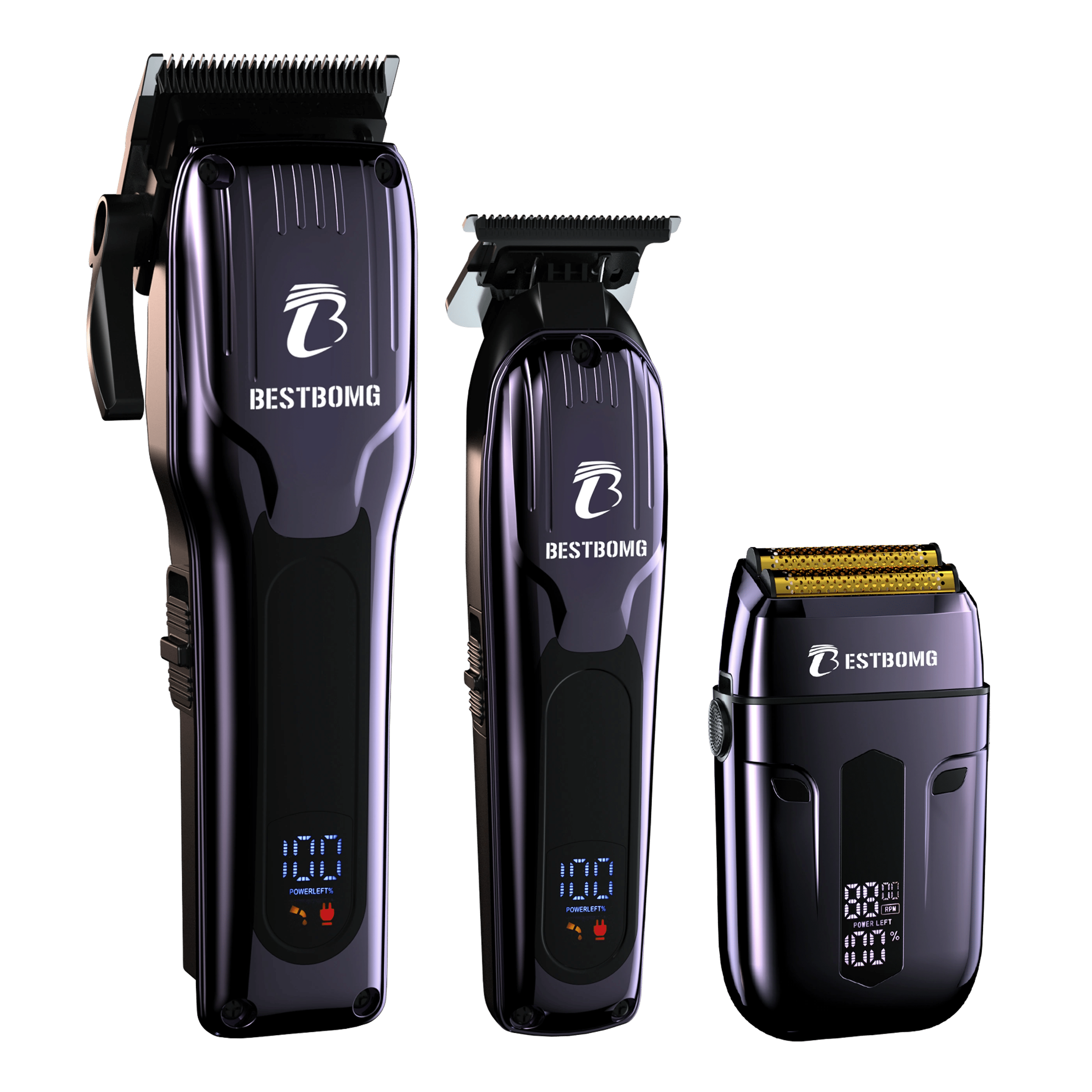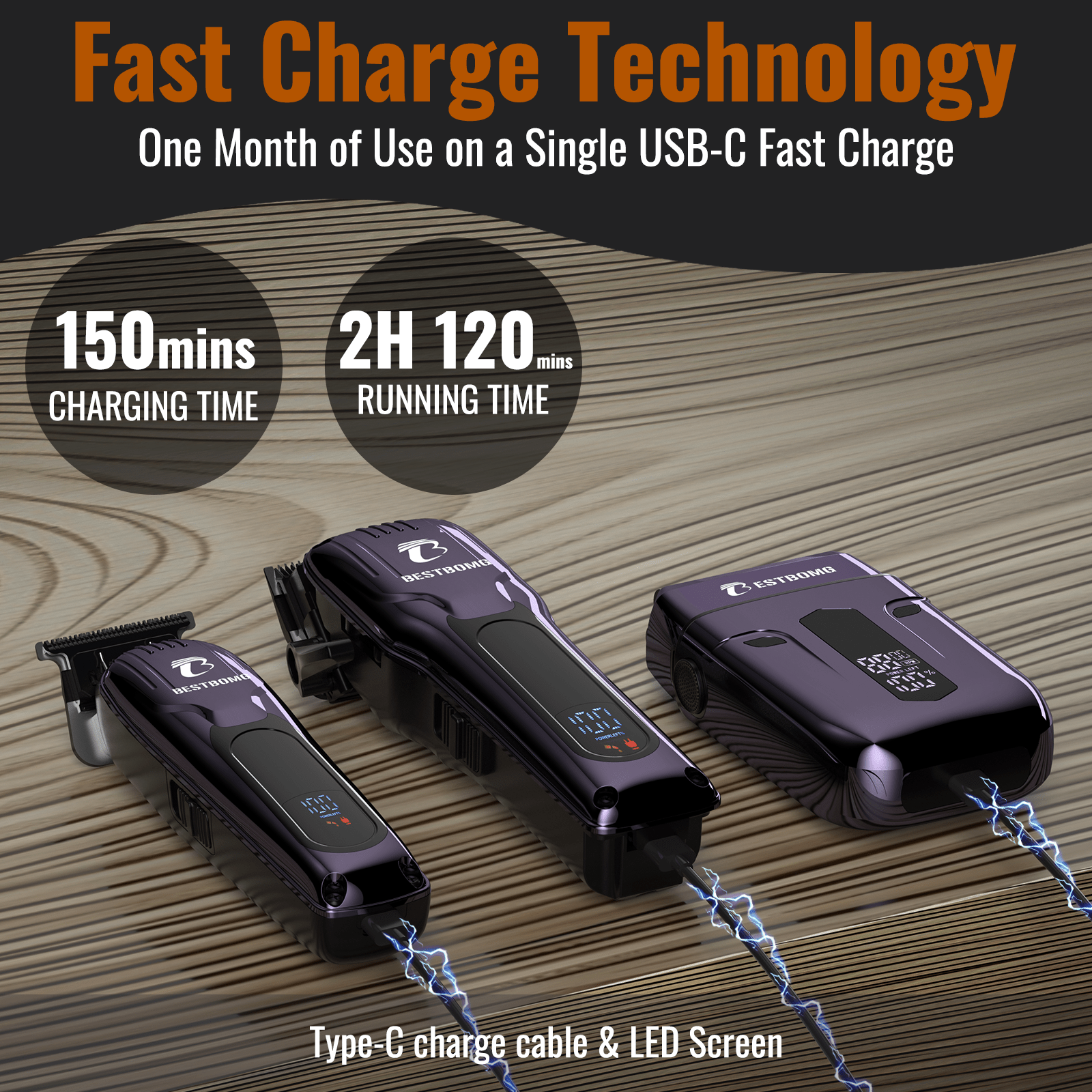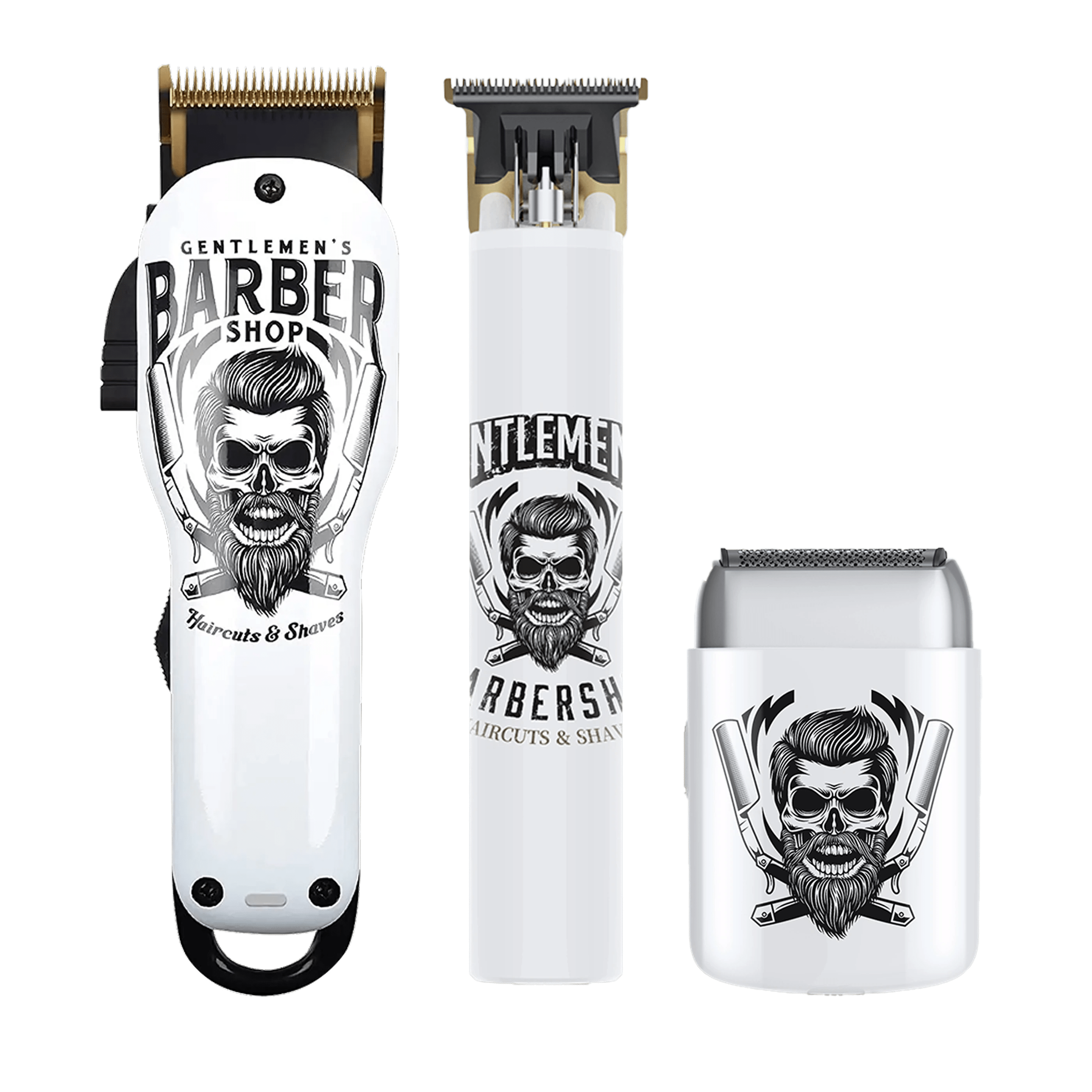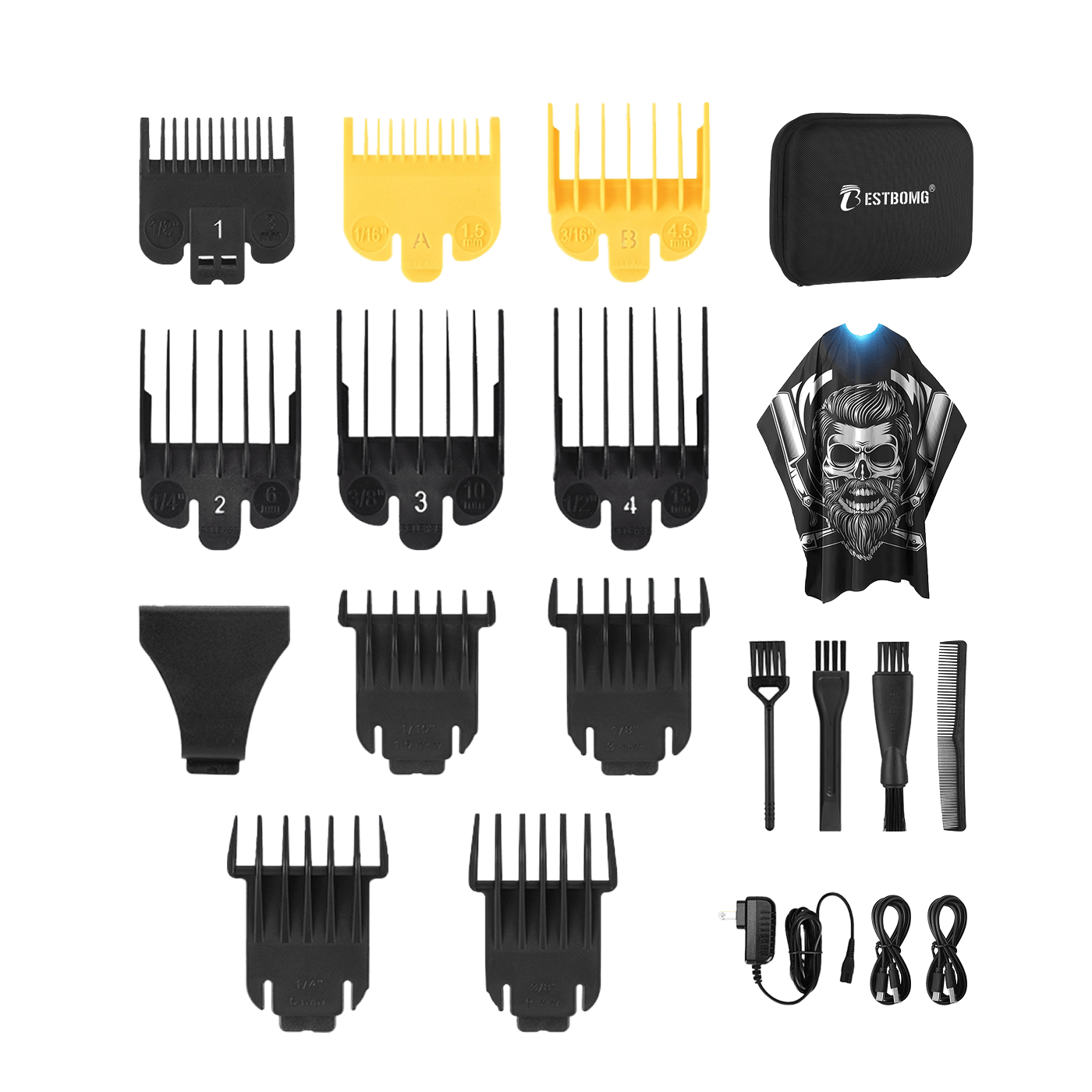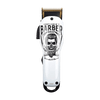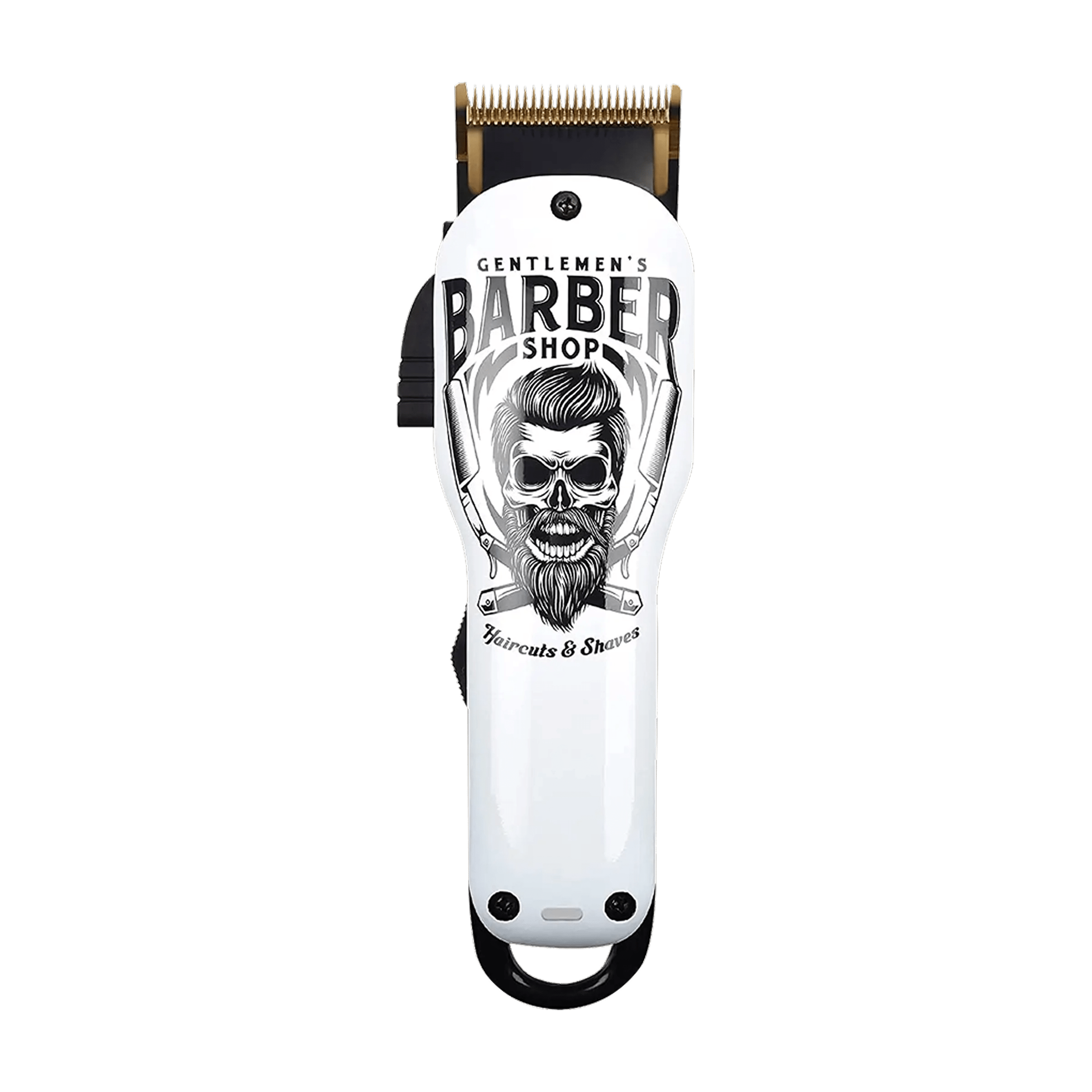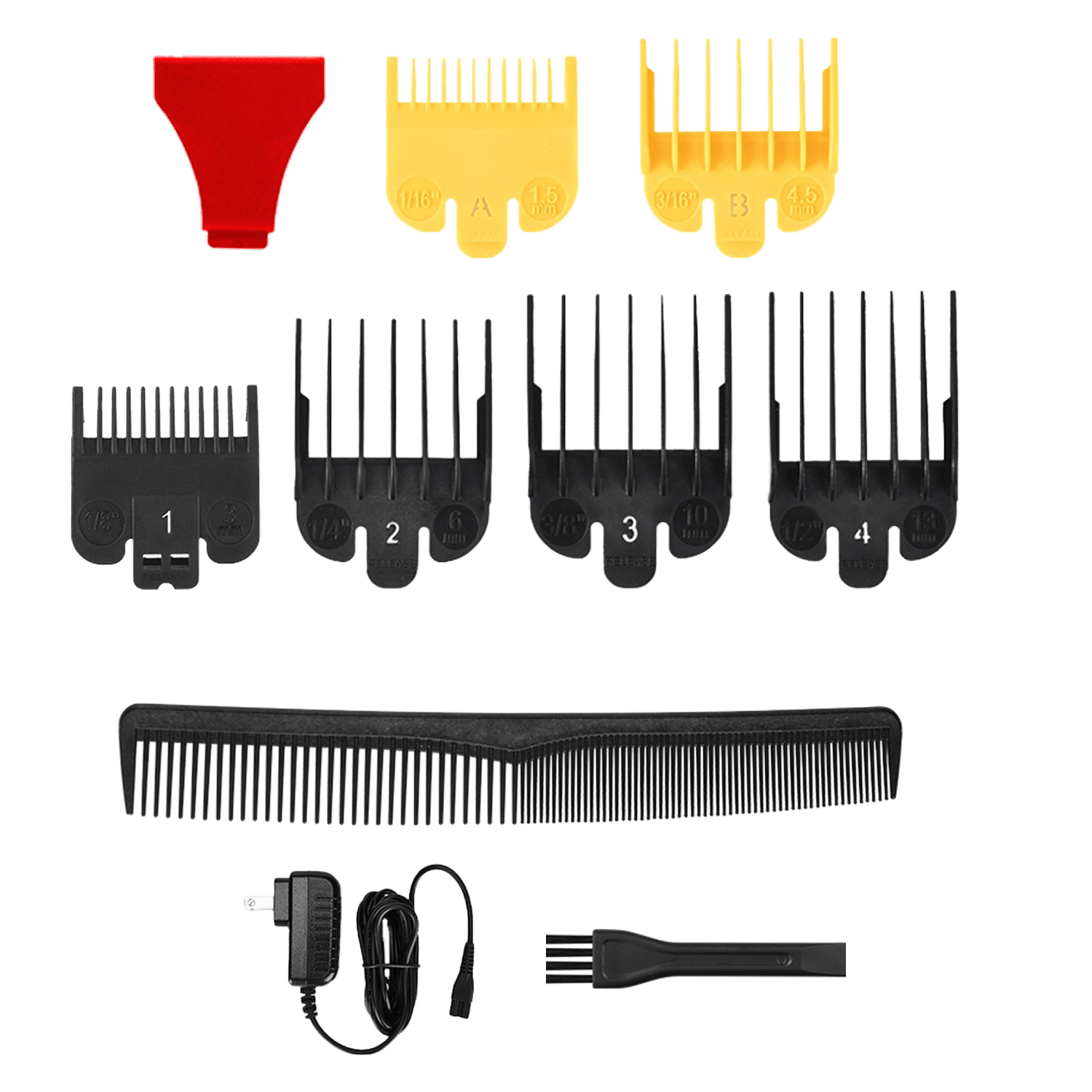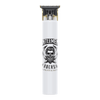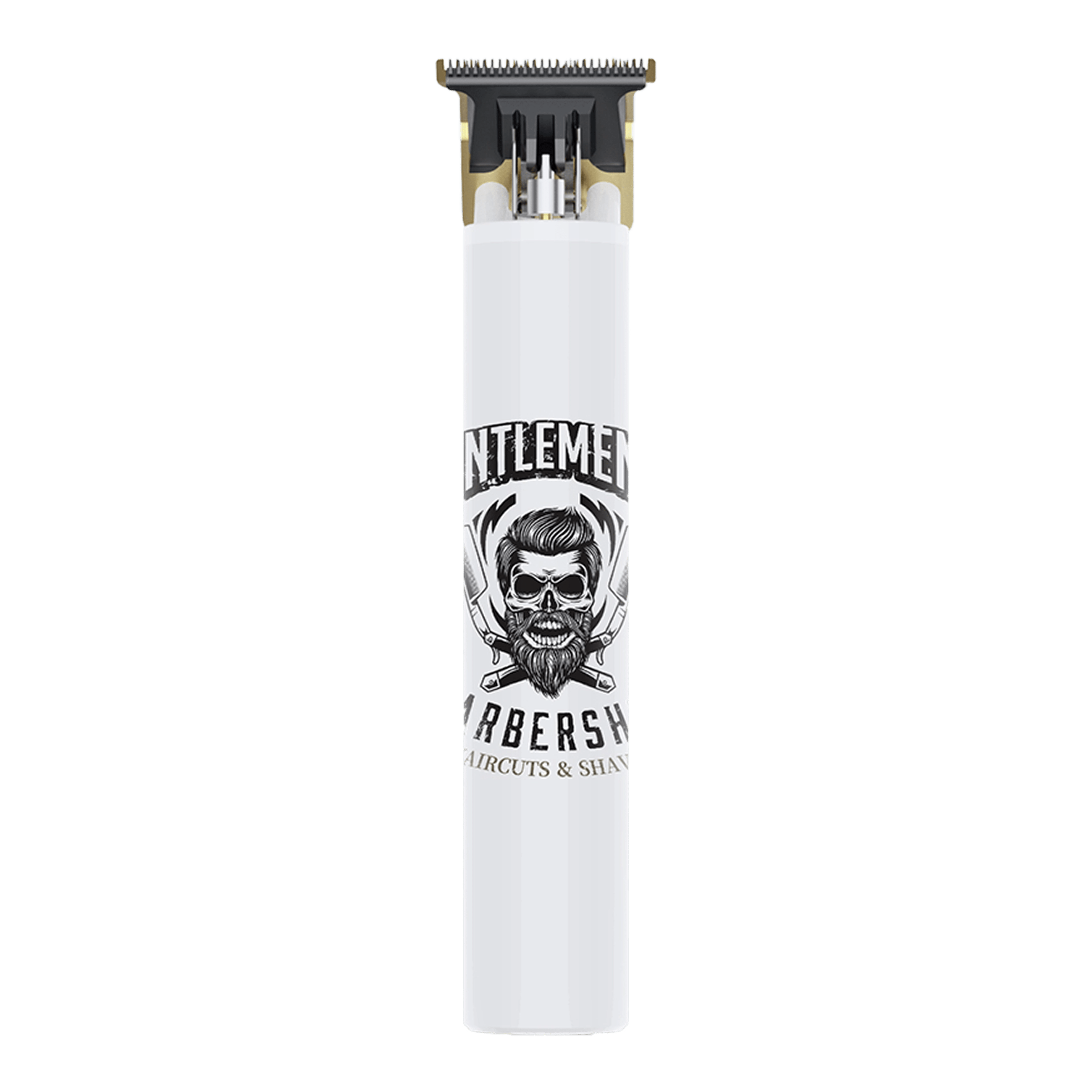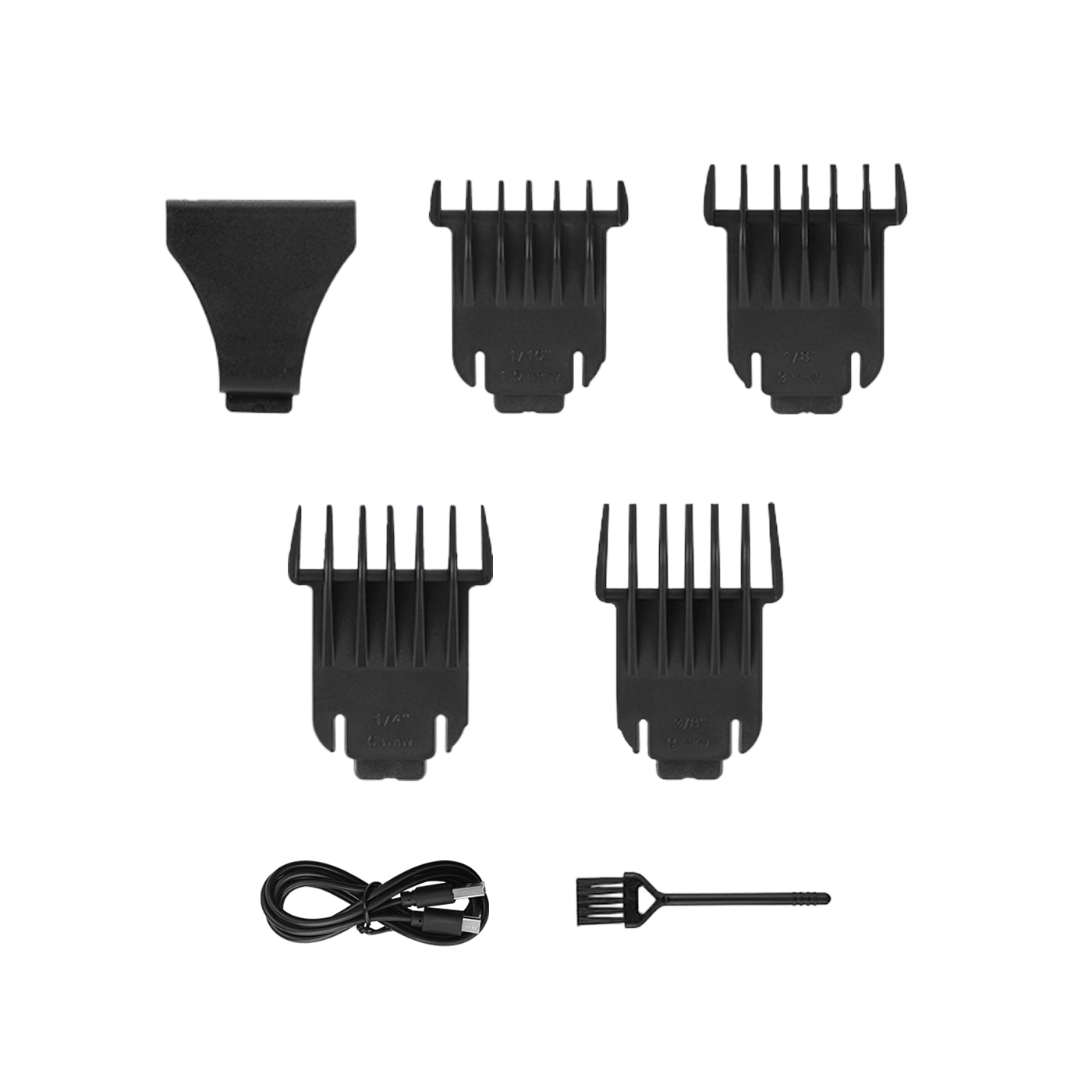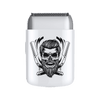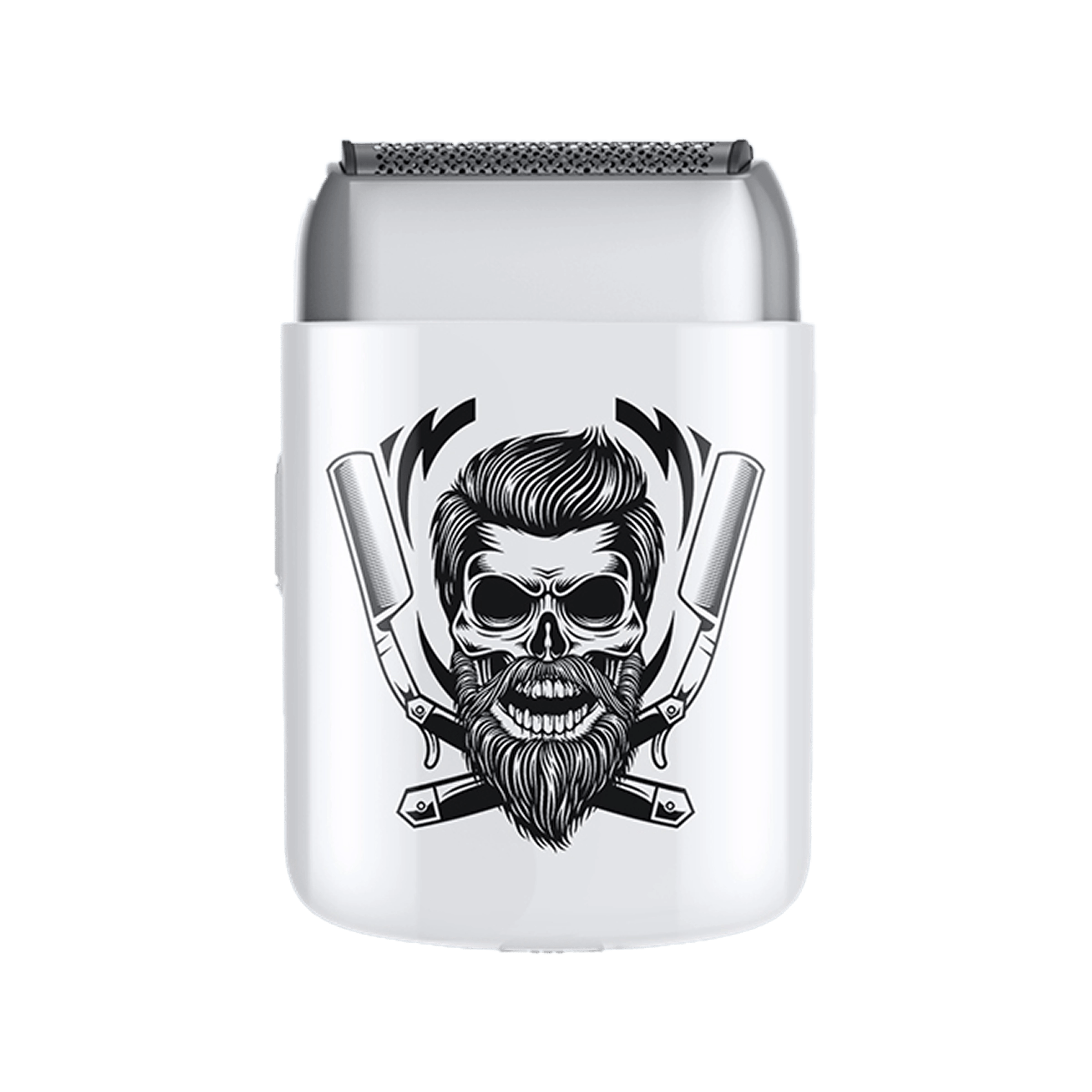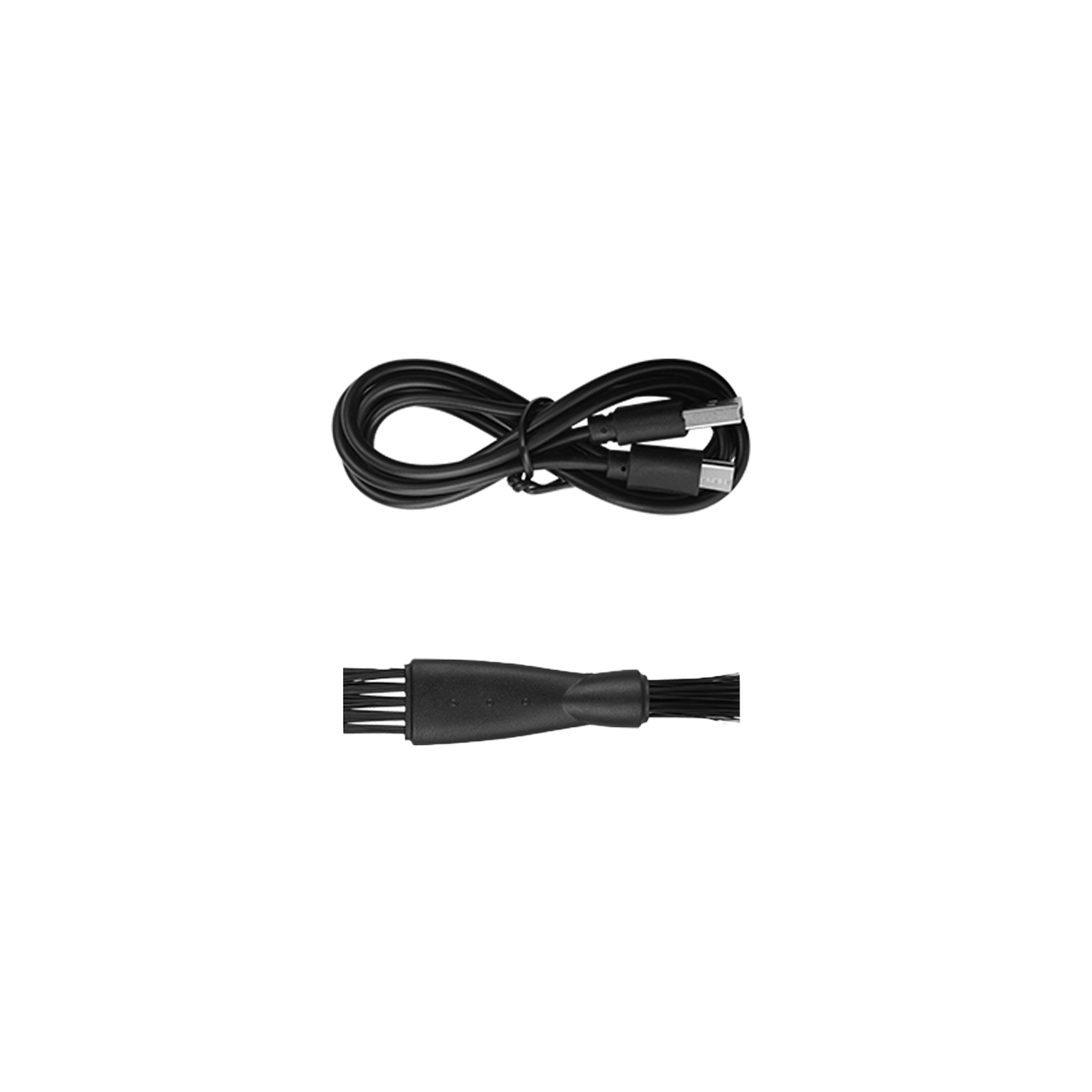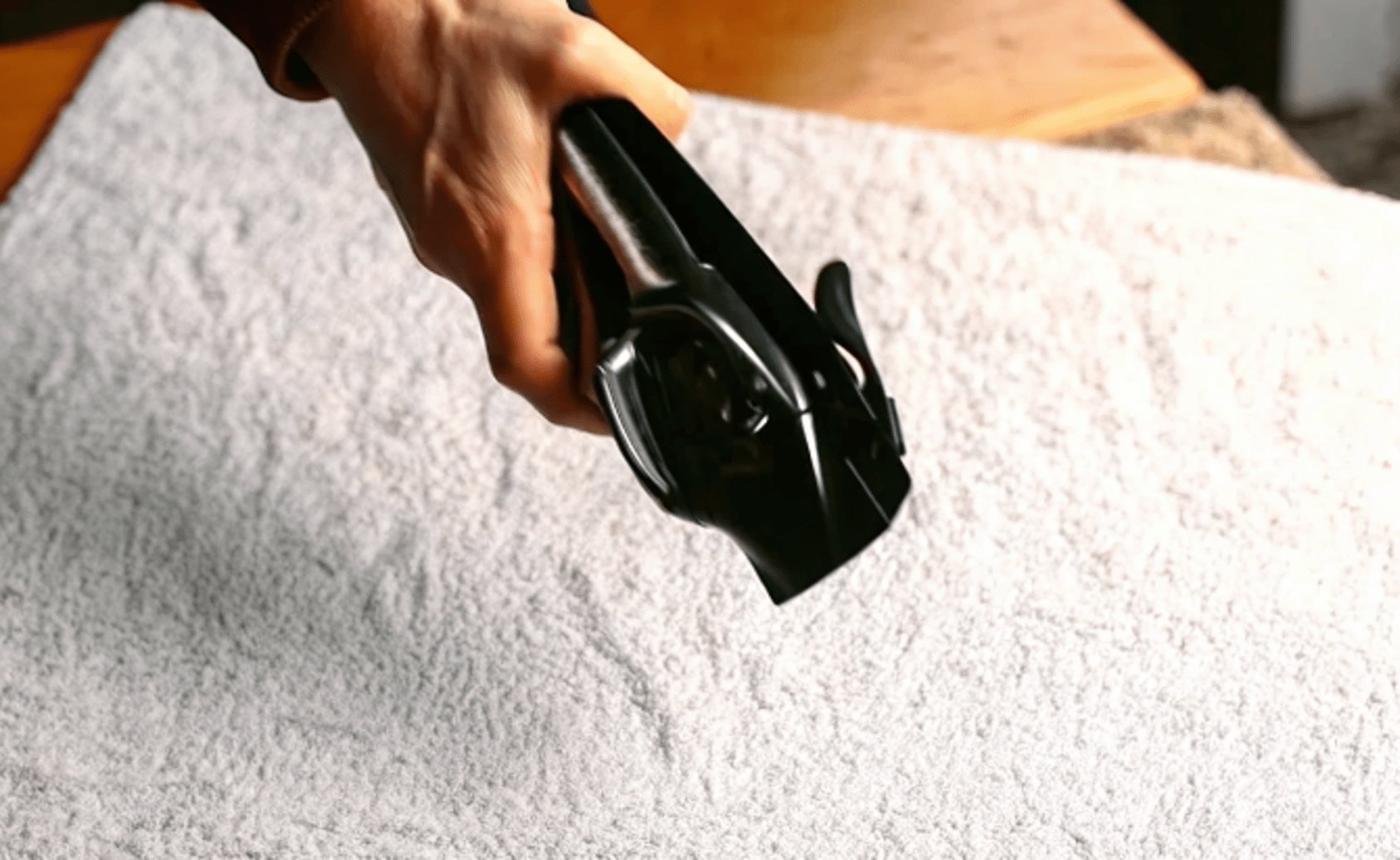The lever on hair clippers, called the taper lever, adjusts how close the blades cut. Moving the lever changes the distance between blades, letting you cut longer or shorter without switching guards. Lever up (closed) cuts the shortest. Lever down (open) cuts the longest.
This helps blend different hair lengths smoothly for fades and tapers. Understanding the lever gives you salon-quality cuts at home.
How the Taper Lever Works
The taper lever sits on the side of most clippers. It moves the top blade slightly forward or backward.
Lever positions:
|
Lever Position |
Blade Distance |
Cut Length |
Best For |
|
Up (Closed) |
Blades closest |
Shortest cut |
Clean lines, fades |
|
Middle |
Medium gap |
Medium length |
Blending |
|
Down (Open) |
Blades farthest |
Longest cut |
Transitions |
How it changes length:
When you push the lever up, the top blade moves closer to the bottom blade. This cuts hair shorter—almost like a #0 guard.
When you pull the lever down, blades move apart. More hair passes through, creating a longer cut—similar to a #1 guard.
The lever gives you infinite adjustments between these lengths without changing guards.
According to clipper blade technology, this mechanism allows precise control for professional results.
Video: How Taper Lever Works
Watch this quick demo to see the lever in action.
Why the Taper Lever Matters
The lever solves a common problem: harsh lines between different hair lengths.
Without lever:
- Switch between #1 and #2 guards
- Visible line where lengths meet
- Extra time changing guards
- Less smooth transitions
With lever:
- Adjust on the fly
- Smooth blending between lengths
- No guard changes needed
- Professional fade results
Quality hair clippers include taper levers for versatile cutting.
Using the Taper Lever for Fades
Fades blend short hair at bottom into longer hair on top. The lever makes this easier.
Basic fade technique:
- Start with lever closed (up position)
- Cut lower section very short
- Creates base line
- Open lever halfway
- Blend just above first section
- Use flicking motions outward
- Open lever fully (down position)
- Blend into longer top section
- Creates smooth transition
- Fine-tune with lever
- Go back over any visible lines
- Adjust lever position as needed
The lever eliminates the need to switch between multiple guards during blending.

Lever Positions Explained
Understanding each position helps you cut better.
Closed (Lever Up):
- Length: 0.5mm-1mm
- Equals: Between #0 and #0.5 guard
- Use for: Bald fades, clean edges, shortest base
Halfway:
- Length: 1.5mm-2mm
- Equals: Between #0.5 and #1 guard
- Use for: Middle blend section, transitions
Open (Lever Down):
- Length: 2.5mm-3mm
- Equals: Close to #1 guard
- Use for: Longer blend section, connecting to guards
The exact lengths vary slightly by clipper brand, but the concept stays the same.
Lever vs Guard: When to Use Each
Both control length, but serve different purposes.
Taper Lever:
- Fine adjustments within small range
- Blending between sections
- Quick changes during cutting
- Best for: Fades, detail work, transitions
Guard Attachments:
- Major length changes
- Consistent cutting across large areas
- Prevents cutting too short
- Best for: Bulk removal, uniform length, beginners
Combined approach works best:
Use guards for main sections (#3 on sides, #6 on top). Use lever to blend where guard lengths meet. This gives you both safety and precision.
A complete home cutting set includes guards and lever-equipped clippers.
Common Taper Lever Mistakes
Forgetting to Reset Lever:
Start each cut with lever in same position (usually closed). Otherwise, you'll get uneven results without realizing why.
Moving Lever Too Fast:
Adjust gradually during cutting. Sudden lever changes create harsh lines instead of smooth blends.
Pressing Too Hard:
Light pressure works better. Hard pressure changes the effective lever position and causes uneven cuts.
Not Cleaning:
Hair gets stuck around lever mechanism. This prevents smooth movement and affects cutting. Clean after every use.
Fixing Jammed Levers
Sometimes hair clogs the lever area.
Quick fix:
- Turn clippers on
- Move lever up and down rapidly (10-15 times)
- Turn clippers off
- Brush out loosened hair
- Apply 2-3 drops of clipper oil
- Turn on briefly to distribute oil
This clears most jams without taking clippers apart.
For stubborn jams, remove blade assembly and clean underneath thoroughly.
Learn proper maintenance practices to prevent buildup.
Lever Positions for Different Styles
Match lever setting to your desired look:
|
Haircut Style |
Bottom Section |
Middle Section |
Top Section |
|
High Fade |
Lever closed |
Lever halfway |
Guard #3-4 |
|
Low Fade |
Guard #1 |
Lever open |
Guard #4-6 |
|
Taper |
Lever halfway |
Guard #2 |
Guard #6-8 |
|
Buzz Cut |
Not needed |
Guard #2-3 all over |
Not needed |
|
Crew Cut |
Lever closed |
Lever open |
Scissors |
Experiment with lever positions to find what works for your hair type.
Maintaining the Taper Lever

Proper care keeps the lever working smoothly:
After Every Use:
- Brush hair from around lever
- Wipe lever with dry cloth
- Check for smooth movement
Weekly:
- Apply clipper oil near lever hinge
- Move lever up and down to distribute
- Wipe excess oil
Monthly:
- Deep clean blade assembly
- Remove any hair buildup under blades
- Test lever movement (should be smooth, not sticky)
Signs of Problems:
- Lever feels stiff or sticky
- Doesn't stay in position
- Makes grinding noise
- Cuts inconsistently
Replace clipper if lever mechanism breaks—it's usually not worth repairing.
Tools from Bestbomg include quality lever mechanisms built to last.
Taper Lever Benefits Summary
Precision: Control cut length within fractions of millimeters.
Speed: No guard changes during blending saves time.
Professional Results: Smooth fades without visible lines.
Versatility: One clipper handles multiple length requirements.
Convenience: Adjust on the fly as you cut.
According to professional cutting techniques, mastering the lever separates amateur from professional-looking cuts.
Frequently Asked Questions
What does the lever on clippers do?
The lever adjusts blade distance to change cut length. Lever up (closed) cuts shortest. Lever down (open) cuts longest. This lets you blend between different hair lengths smoothly without switching guards.
How do you use the taper lever for fades?
Start with lever closed for shortest section. Gradually open lever as you move up the head, using flicking motions to blend. Fully open lever connects to longer top section. Go back over lines with halfway lever position for smooth transitions.
What position should the taper lever be in?
Start with lever closed (up) at beginning of each cut for consistency. Adjust during cutting based on desired length. Closed for shortest, open for longest, halfway for blending.
Does the taper lever replace guards?
No. Guards provide major length changes and safety. Lever makes small adjustments between guard lengths. Use both together—guards for main sections, lever for blending.
Why is my clipper lever stuck?
Hair buildup around lever mechanism causes sticking. Turn clippers on and move lever rapidly to loosen hair. Brush clean, apply clipper oil, and test. If still stuck, deep clean blade assembly.
Can you fade without using the taper lever?
Yes, but it's harder. You'd need multiple guards (#0, #0.5, #1, #1.5, #2) and more time. The lever makes blending easier and faster by giving you infinite adjustments between these lengths.
Master the Taper Lever
The taper lever is your secret weapon for professional-looking fades and blends. Start with lever closed, adjust gradually as you cut, and practice smooth transitions. Once you master lever control, home haircuts rival barbershop results.
Browse quality professional clippers with smooth taper levers for precise control.
Read more
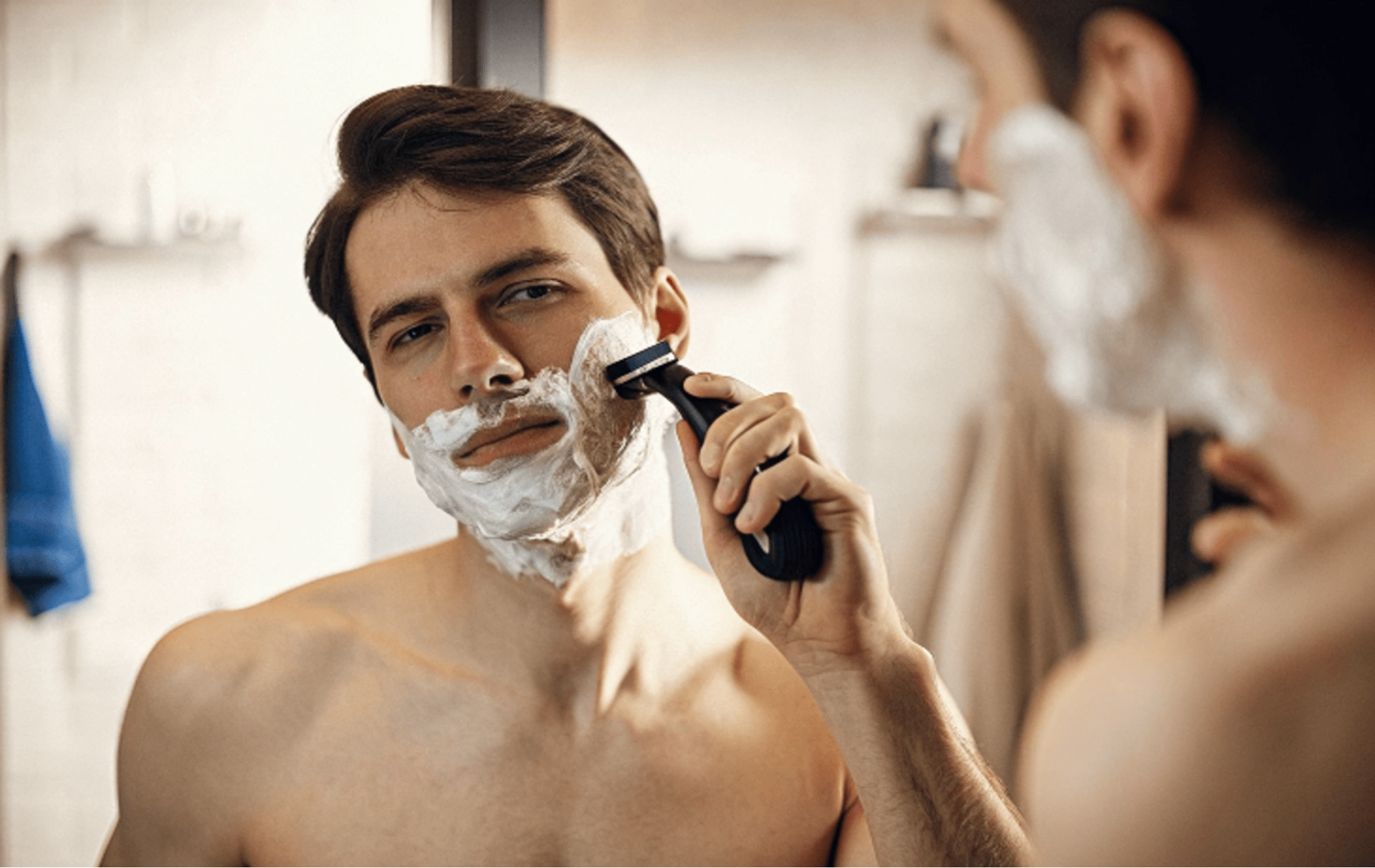
Do You Use Shaving Cream with a Foil Shaver?
Most foil shavers are designed for dry shaving without cream or gel. However, wet/dry models can use shaving cream safely. Using cream with a dry-only foil shaver risks clogging blades and damaging...
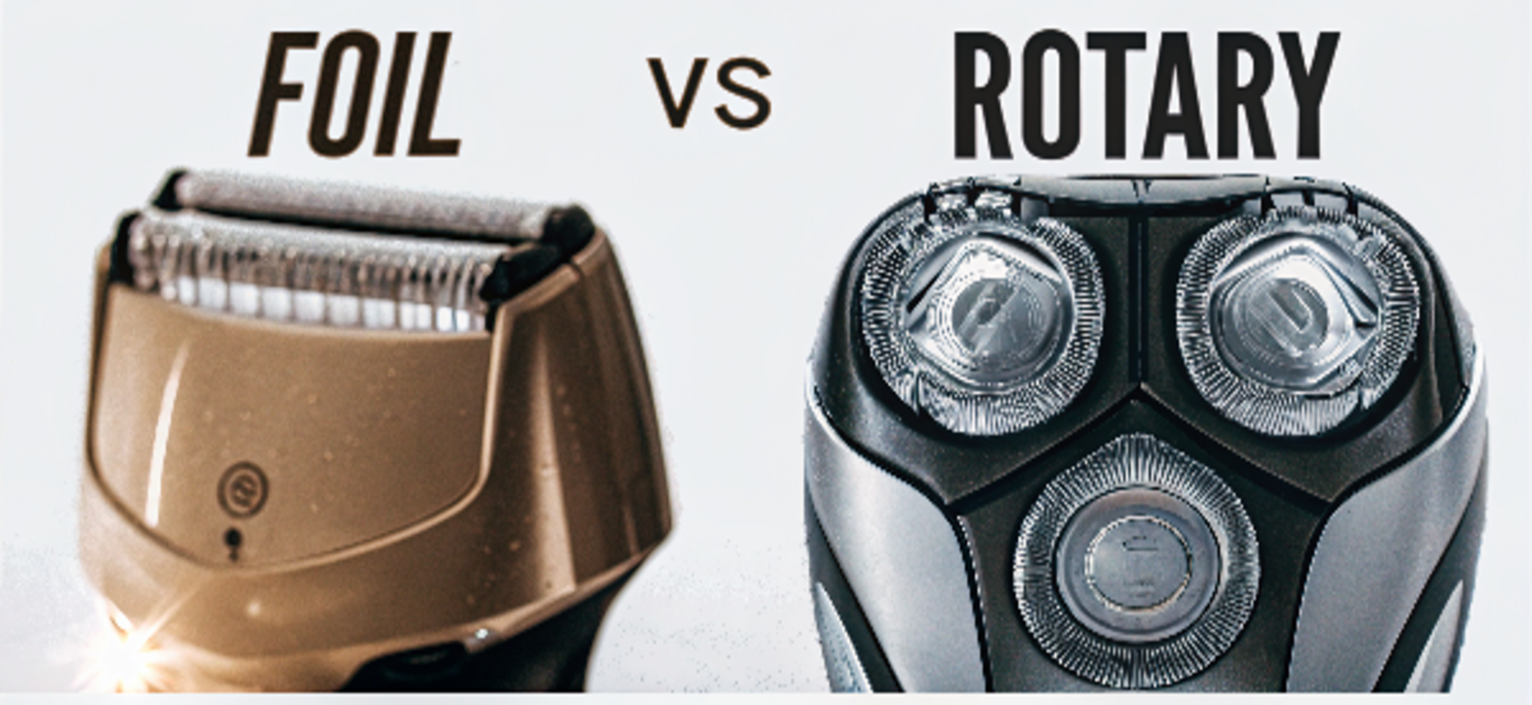
Is a Foil Shaver Better Than a Razor?
Neither is better for everyone. Foil shavers are faster and safer with less irritation. Razors give the closest shave possible. Pick based on your skin type and daily routine. This simple guide hel...
